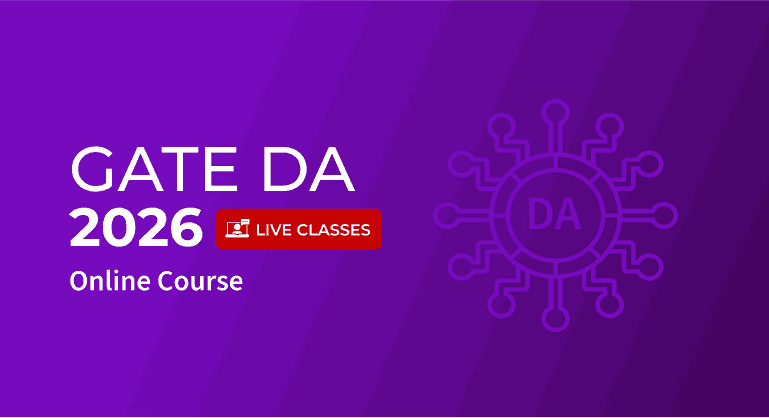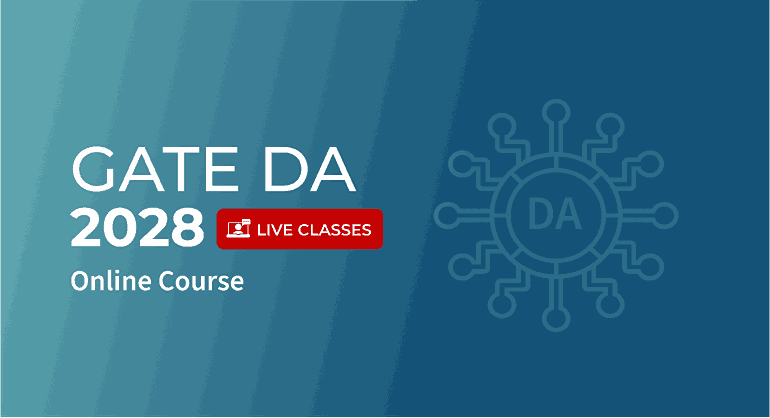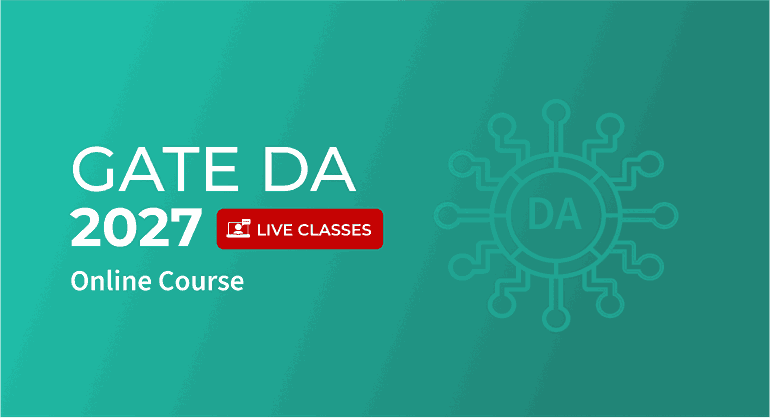| CARVIEW |
Clustering in Machine Learning
Clustering in Machine Learning Quiz
Question 1
What is the main objective of the K-Means clustering algorithm?
Minimize the Euclidean distance between points
Maximize the number of clusters
Minimize the distance between cluster centroids
Maximize the number of data points in each cluster
Question 2
Which metric does K-Means clustering use to measure distance between points?
Manhattan Distance
Euclidean Distance
Cosine Similarity
Hamming Distance
Question 3
What does the Elbow Method help determine in K-Means clustering?
Optimal number of clusters
Cluster centroids
Feature scaling
Outliers
Question 4
Which type of learning is K-Means clustering categorized under?
Supervised Learning
Unsupervised Learning
Reinforcement Learning
Semi-Supervised Learning
Question 5
How are initial cluster centroids chosen in K-Means clustering?
Randomly
Based on highest values
Based on lowest values
Manually assigned
Question 6
What is the disadvantage of the K-Means clustering algorithm?
Always provides the best clustering
Handles categorical data efficiently
Sensitive to initial centroid selection
Automatically determines the number of clusters
Question 7
Which parameter is optimized in the Elbow Method?
Centroid position
Number of clusters (K)
Number of iterations
Learning rate
Question 8
Which of the following is used to cluster text documents in K-Means?
Term Frequency-Inverse Document Frequency (TF-IDF)
Euclidean Distance
Decision Trees
Gradient Descent
Question 9
What is WCSS in K-Means clustering?
Weighted Cluster Sum of Squares
Within-Cluster Sum of Squares
Whole Cluster Sample Score
Weighted Cluster Sample Score
Question 10
What is the stopping condition for K-Means clustering?
When all points are classified
When the centroids is no longer change
When maximum iterations are reached
Both b and c
There are 10 questions to complete.





